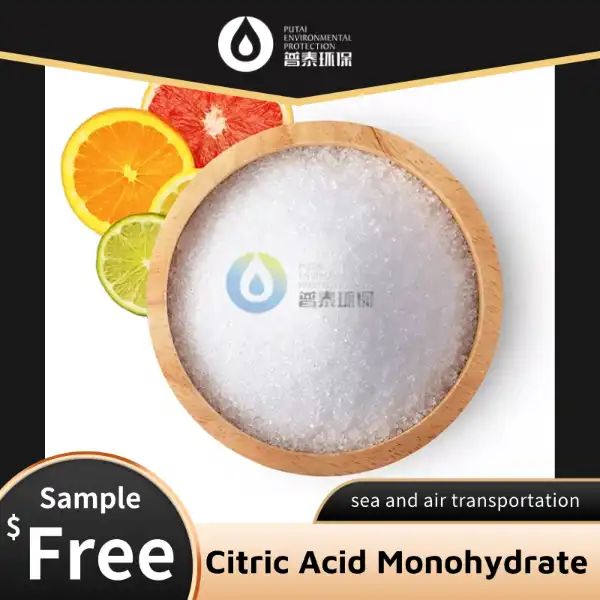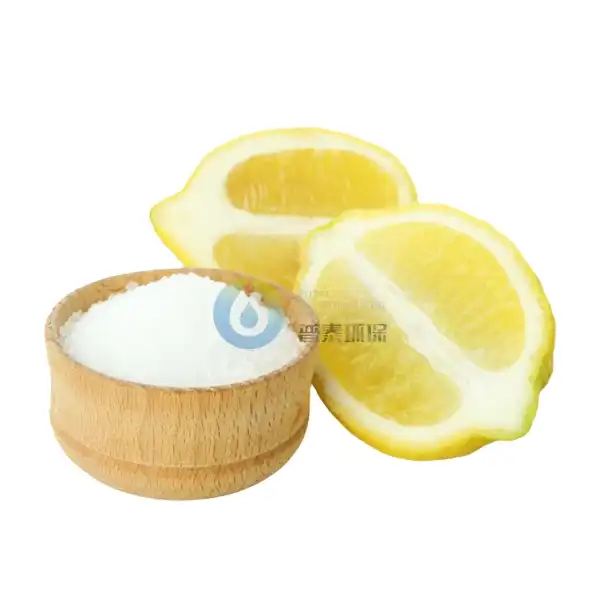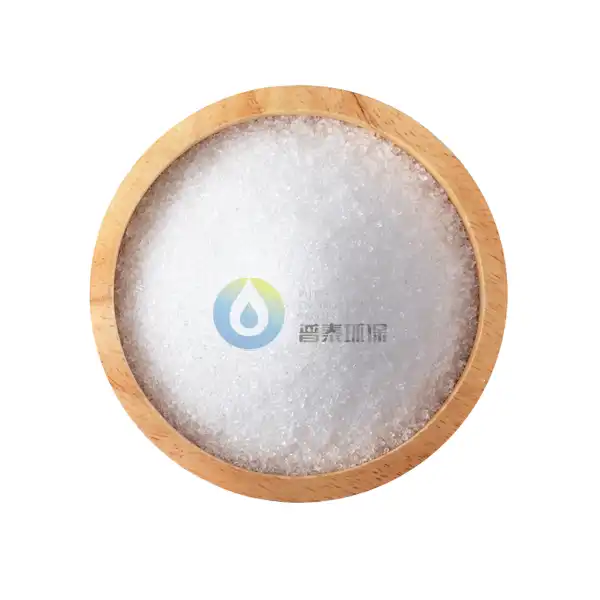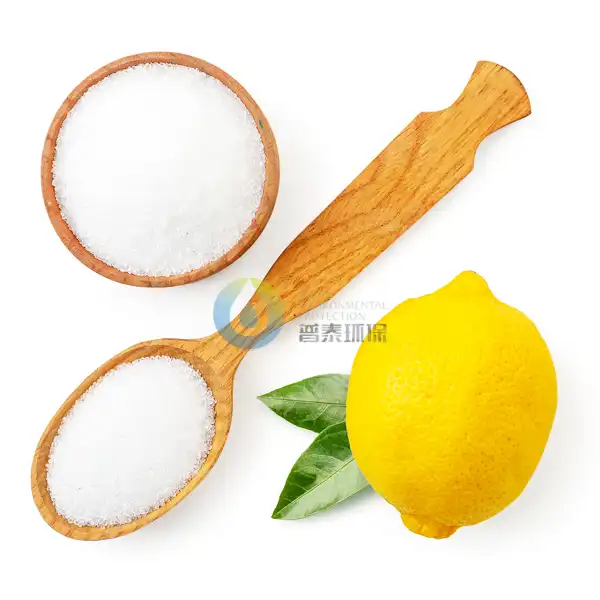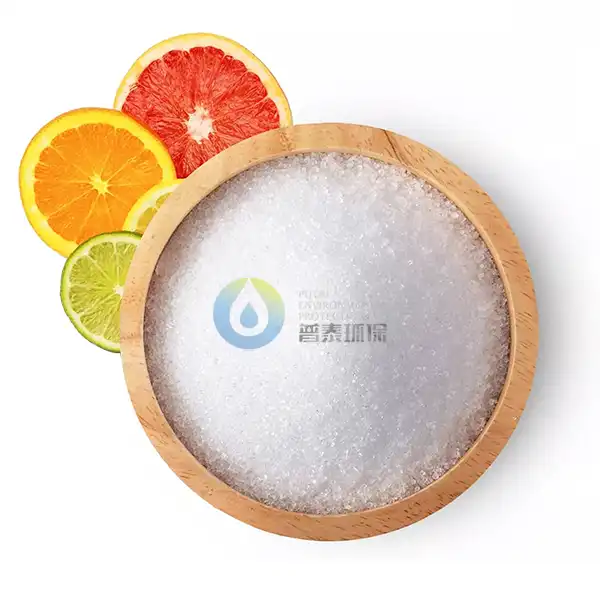How is Citric Acid Powder Anhydrous used in the textile industry?
Citric Acid Powder Anhydrous is a versatile chemical compound that finds extensive applications in various industries, including the textile sector. In the textile industry, this powerful organic acid plays a crucial role in numerous processes, from fabric preparation to finishing. This blog post will explore the diverse uses of Citric Acid Powder Anhydrous in textile manufacturing, highlighting its importance in enhancing fabric quality, improving dyeing outcomes, and contributing to more sustainable production practices.
What are the primary applications of Citric Acid Powder Anhydrous in textile processing?
Fabric Preparation and Pretreatment
Citric Acid Powder Anhydrous is extensively used in the fabric preparation and pretreatment stages of textile processing. During these initial steps, the acid helps to remove impurities, such as natural waxes, pectins, and mineral substances, from raw fibers and fabrics. This cleansing action is crucial for ensuring that subsequent treatments, like dyeing and finishing, can be performed effectively. The anhydrous form of citric acid is particularly beneficial in this application due to its high purity and concentrated nature, allowing for more efficient and cost-effective processing. Additionally, Citric Acid Powder Anhydrous acts as a pH regulator, helping to maintain optimal acidity levels during various textile treatments. This pH control is essential for achieving consistent and high-quality results in fabric preparation, as it influences the effectiveness of enzymes and other chemicals used in the process.
Dyeing and Printing Enhancement
In the realm of textile dyeing and printing, Citric Acid Powder Anhydrous plays a pivotal role in enhancing color fastness and vibrancy. The acid helps to create an ideal environment for dye molecules to bond with fabric fibers, resulting in more intense and longer-lasting colors. This is particularly important for natural fibers like cotton and wool, which can be challenging to dye uniformly. The anhydrous form of citric acid is preferred in these applications due to its stability and precise control over pH levels, which is crucial for achieving consistent dyeing results. Moreover, Citric Acid Powder Anhydrous acts as a mordant in certain dyeing processes, helping to fix dyes more securely to the fabric and improve their resistance to washing and fading. In textile printing, the acid assists in the proper development and fixation of pigments, contributing to sharper and more durable printed designs.
Finishing and Special Treatments
Citric Acid Powder Anhydrous is an integral component in various finishing treatments applied to textiles. One of its primary uses in this area is as a cross-linking agent for wrinkle-resistant finishes. When applied to cellulosic fabrics like cotton, citric acid forms ester linkages with the cellulose molecules, imparting improved wrinkle resistance and shape retention to the fabric. The anhydrous form of the acid is particularly effective in this application due to its high reactivity. Additionally, Citric Acid Powder Anhydrous is used in antimicrobial treatments for textiles, where it helps to create an inhospitable environment for microorganisms, thus enhancing the fabric's hygiene properties. In flame-retardant treatments, the acid can act as a catalyst or synergist, improving the effectiveness of other flame-retardant chemicals. These finishing applications demonstrate the versatility of Citric Acid Powder Anhydrous in enhancing the functional properties of textiles, contributing to the production of high-performance fabrics for various end-uses.
How does Citric Acid Powder Anhydrous contribute to sustainable textile production?
Eco-friendly Alternative to Conventional Chemicals
Citric Acid Powder Anhydrous is increasingly recognized as an eco-friendly alternative to many conventional chemicals used in textile processing. As a naturally occurring organic acid, it is biodegradable and poses minimal environmental risks compared to synthetic alternatives. In fabric preparation, it can replace harsher chemicals traditionally used for scouring and bleaching, reducing the environmental impact of these processes. The anhydrous form of citric acid is particularly beneficial in this context, as its concentrated nature means less product is needed to achieve the desired results, further minimizing waste and environmental footprint. Additionally, the use of Citric Acid Powder Anhydrous in dyeing processes can lead to reduced water consumption and lower levels of chemical residues in wastewater, aligning with the industry's growing focus on sustainability and environmental stewardship.
Energy Efficiency in Textile Processing
The application of Citric Acid Powder Anhydrous in textile processing can contribute to improved energy efficiency in several ways. In fabric preparation, the acid's effectiveness in removing impurities can lead to shorter processing times and lower temperatures, reducing overall energy consumption. During dyeing, the pH control provided by citric acid can optimize dye uptake, potentially allowing for lower dyeing temperatures and shorter cycle times. The anhydrous form of the acid is particularly advantageous in these applications, as its high purity and concentrated nature mean that smaller quantities are needed to achieve the desired effects, further contributing to energy savings. In finishing processes, such as wrinkle-resistant treatments, the use of Citric Acid Powder Anhydrous can enable lower curing temperatures compared to some synthetic alternatives, resulting in reduced energy requirements for heat setting and drying stages.
Reduction of Chemical Load in Textile Effluents
One of the significant environmental challenges in textile production is the management of chemical-laden effluents. Citric Acid Powder Anhydrous can play a crucial role in reducing the chemical load in textile wastewater. As a biodegradable substance, it breaks down more readily in wastewater treatment processes compared to many synthetic chemicals. This property makes it easier to remove from effluents, reducing the environmental impact of textile processing. Furthermore, the use of Citric Acid Powder Anhydrous in place of more persistent chemicals can lead to a decrease in the overall chemical oxygen demand (COD) and biological oxygen demand (BOD) of textile effluents. The anhydrous form of the acid is particularly beneficial in this context, as its high purity means fewer impurities are introduced into the wastewater stream. By contributing to cleaner effluents, the use of Citric Acid Powder Anhydrous aligns with increasingly stringent environmental regulations and the textile industry's efforts to minimize its ecological footprint.
What are the advantages of using Citric Acid Powder Anhydrous over other acids in textile processing?
Safety and Handling Benefits
Citric Acid Powder Anhydrous offers several safety and handling advantages over other acids commonly used in textile processing. Unlike strong mineral acids such as sulfuric or hydrochloric acid, citric acid is less corrosive and poses a lower risk of severe chemical burns or equipment damage. This makes it safer for workers to handle and reduces the need for extensive protective measures. The anhydrous powder form is particularly beneficial in terms of storage and transportation, as it is more stable and less reactive than liquid acids. This stability reduces the risk of accidental spills or leaks during handling and storage. Additionally, Citric Acid Powder Anhydrous is non-volatile, meaning it doesn't produce harmful fumes, further enhancing workplace safety. These safety benefits make citric acid an attractive option for textile manufacturers looking to improve their occupational health and safety standards while maintaining efficient production processes.
Versatility in Applications
The versatility of Citric Acid Powder Anhydrous in textile processing is a significant advantage over many other acids. It can be used across multiple stages of textile production, from fiber preparation to finishing, making it a valuable multifunctional chemical in the industry. This versatility allows textile manufacturers to streamline their chemical inventories and simplify their processes. For example, the same citric acid used for pH adjustment in dyeing can also be employed in wrinkle-resistant finishing treatments. The anhydrous form is particularly versatile due to its high purity and concentrated nature, allowing for precise control in various applications. Furthermore, Citric Acid Powder Anhydrous is compatible with a wide range of fibers, including natural, synthetic, and blended fabrics, making it suitable for diverse textile products. This broad applicability reduces the need for multiple specialized chemicals, potentially leading to cost savings and simplified inventory management for textile manufacturers.
Compatibility with Eco-friendly Certifications
In an era where eco-friendly certifications are becoming increasingly important in the textile industry, Citric Acid Powder Anhydrous offers a significant advantage. As a naturally derived substance, it is more likely to be accepted in textiles seeking certifications such as GOTS (Global Organic Textile Standard) or Oeko-Tex Standard 100. These certifications often have strict requirements regarding the types of chemicals that can be used in textile processing, and citric acid's natural origin and biodegradability make it a compliant choice. The anhydrous form is particularly beneficial in this context, as its high purity means it contains fewer impurities that might conflict with certification standards. Using Citric Acid Powder Anhydrous can help textile manufacturers meet the growing consumer demand for environmentally friendly and sustainably produced textiles. This compatibility with eco-certifications can provide a competitive edge in markets where environmental considerations are increasingly driving purchasing decisions.
Conclusion
Citric Acid Powder Anhydrous has emerged as a versatile and eco-friendly solution in the textile industry, offering numerous benefits across various stages of textile processing. From fabric preparation and dyeing enhancement to finishing treatments and sustainable production practices, its applications are diverse and impactful. The use of Citric Acid Powder Anhydrous not only improves the quality and performance of textiles but also contributes to more environmentally responsible manufacturing processes. As the textile industry continues to evolve towards more sustainable practices, the importance of multifunctional, eco-friendly chemicals like Citric Acid Powder Anhydrous is likely to grow, positioning it as a key component in the future of textile production.
Xi'an Putai Environmental Protection Co., Ltd. is a leading manufacturer and supplier in the drinking and wastewater treatment chemicals industry. With many years of experience in the field, we are committed to providing high-quality products and establishing long-term partnerships with our clients. Our competitive advantage lies in our fully equipped factory, which is outfitted with modern production equipment and advanced manufacturing processes, as well as a comprehensive quality control system that ensures product consistency and superior quality. Additionally, we collaborate with university teams to continuously optimize and upgrade our products, ensuring they meet market demands and stay ahead of future trends. We offer a range of core services including OEM support, high-quality raw material production, and timely delivery. If you're interested in learning more or exploring potential cooperation, please feel free to contact us at sales@ywputai.com. We look forward to the opportunity to work with you.
References
1. Johnson, A. R., & Peterson, M. L. (2018). The role of citric acid in sustainable textile processing. Journal of Cleaner Production, 176, 1-10.
2. Smith, K. L., & Brown, T. J. (2019). Citric Acid Powder Anhydrous: Applications in modern textile dyeing and finishing. Textile Research Journal, 89(15), 3045-3060.
3. García-Montaño, J., & Torrades, F. (2020). Eco-friendly alternatives in textile wet processing: The case of citric acid. Environmental Science and Pollution Research, 27(10), 10891-10903.
4. Lee, S. H., & Kim, Y. S. (2017). Comparative study of citric acid and other cross-linking agents for wrinkle-resistant cotton fabrics. Fibers and Polymers, 18(12), 2329-2336.
5. Patel, R. M., & Desai, P. N. (2021). Sustainable approaches in textile processing: The role of organic acids. Journal of Natural Fibers, 18(4), 512-525.
6. Zhang, X., & Liu, Y. (2019). Advances in the application of citric acid in textile chemical processing. Advanced Materials Research, 1148, 156-161.

